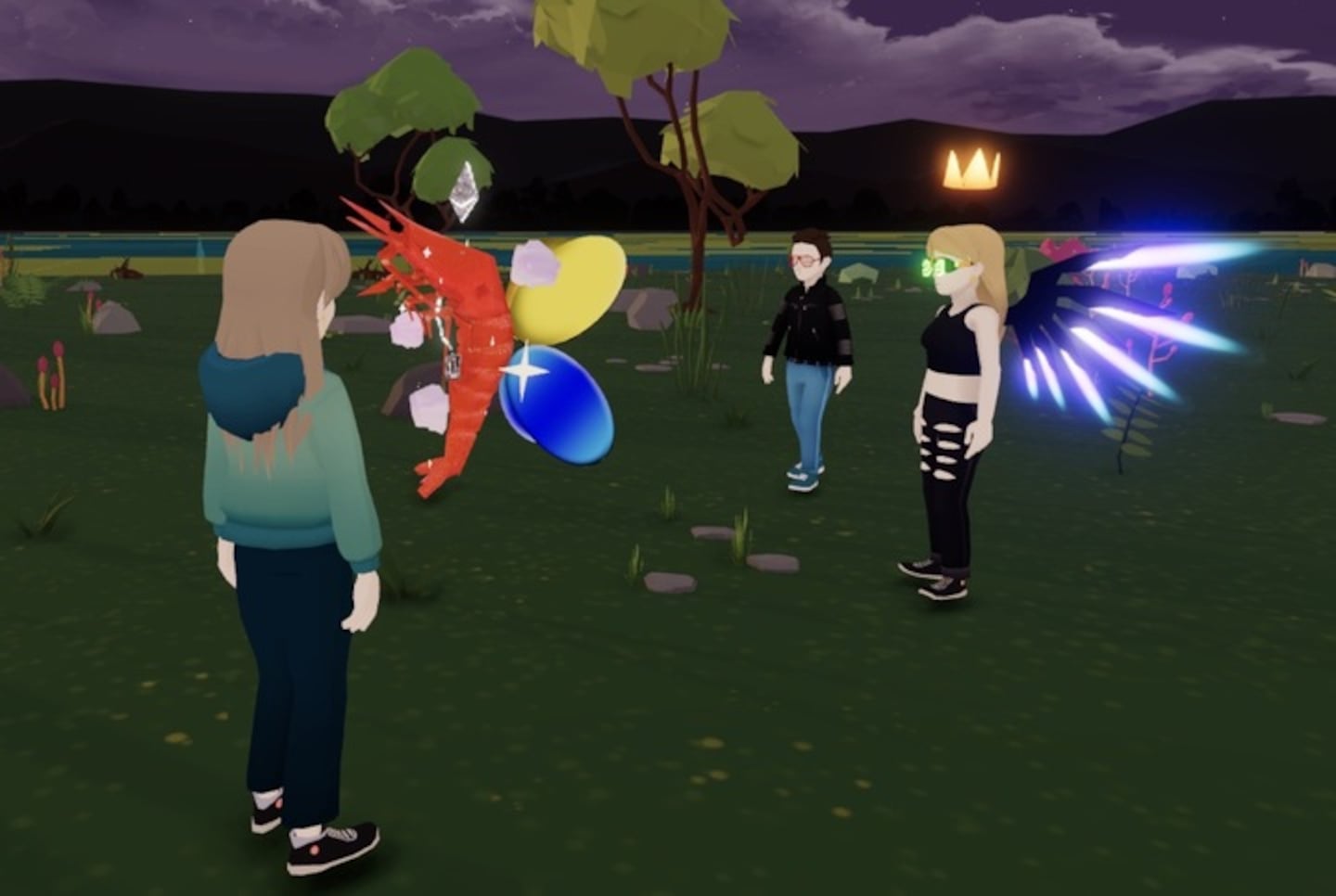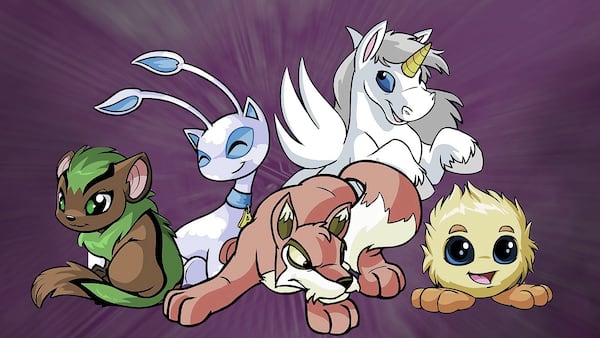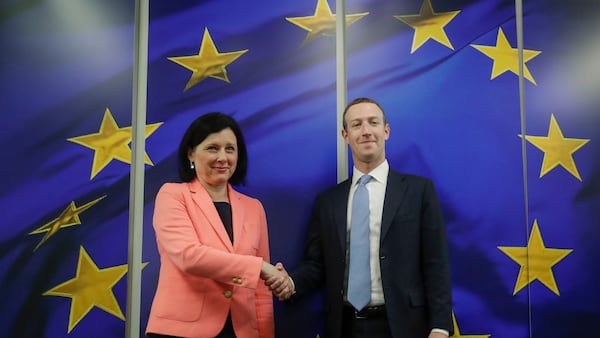- The hype may be gone but consumer brands still want to play in the metaverse.
- The Sandbox just fetched a $1 billion valuation.
- I dropped into Decentraland and got roasted for my attire.
A giant red prawn falls out of the sky and tries to talk to me. He keeps asking if I can hear him. He clearly can’t hear me.
And so what was supposed to be a leisurely walk around a simulated traditional Chinese country village in Decentraland kicked off with 10 minutes of troubleshooting my mic problems.
The prawn and I eventually opt to open Google Meets in the background so we can hear each other.
Our interview about the state of play in metaverse business is not off to an auspicious start.
The giant red prawn is not impressed with my attire. He sports blue and yellow wings and the Ethereum logo floating above his head like a green diamond in The Sims.
I, on the other hand, am drab and boring in the default wearables available for free on the Decentraland avatar editor.
Pink hair
I explain that I used to have pastel pink anime hair with space buns and a floating animal sidekick that followed me everywhere. It’s been a long time since I’ve used Decentraland. I have no idea which wallet they are in.
“I was going to suggest that you need a new outfit,” says the giant red prawn, before offering to send me some of his castoffs so I don’t look so lame in future.
Very little looks different in Decentraland compared to metaverse zeitgeist in 2021. The digital playground is still buggy and basic.
Still, I really tried to get it back then. I liked how people could build whatever they wanted, the ability to purchase an expensive land NFT notwithstanding. But it always felt so dead.
I played it for two hours in order to get some free nuggies. Then a bug crashed the site and I lost all my progress so I gave up.
Then Facebook changed its name to Meta in late 2021. Despite Meta’s adverts at train stations in London telling me the metaverse was the future, I found Mark Zuckerberg’s legless avatars creepy — I think everyone did.
Even as interest waned and the metaverse became something of a punch line for the folly of web3, it’s still chugging along.
The Sandbox, a digital domain operated by Animoca Brands, was valued at $1 billion in a $20 million fundraising deal last week. (Decentraland was valued at $1.2 billion in 2022.)
Surprising use cases are still popping up — in May, Visit Wales, the Welsh tourism body, announced it is building an immersive experience on the Spatial platform.
Even Second Life, a primordial metaverse founded in 2003 and long forgotten by the mainstream, is still going. In 2023, its parent company Linden Lab, said it had around 750,000 monthly active users.

I decided to drop back in because last week McDonald’s just launched its second metaverse experience. Why would the global fast food giant mess about with a marketing channel many consumers have forgotten about?
Last year, McDonald’s built a site called McNuggets Land in The Sandbox aimed at the Hong Kong market.
I played it for two hours in order to get some free nuggies (even though I’m vegetarian). Then a bug crashed the site and I lost all my progress so I gave up.
McDonald’s’ latest metaverse attempt is targeted at Singaporeans and I couldn’t access it from Hong Kong. So going to Decentraland to meet the giant red prawn who built it seemed close enough.
Prawns, dudes and angels
In real life, he is Clarence Chan, the founder of Bandwagon Labs, a digital marketing studio in Singapore that builds experiences for consumer brands in metaverse domains. Chan is so web3 that in 2022 he even got married in The Sandbox.
We stroll Decentraland with two of his team members, a punky-looking angel and a dude wearing shades. Chan tells me that brands are continuing to build metaverses to find fresh ways to connect with audiences.
“All brands already have their own social media presence,” he said.
But it’s a crowded market and one that is increasingly pay-to-play.
“It’s quite noisy in terms of social media,” the prawn, er, Chan said. “There’s so many other brands and events that are all jostling for the same space on a user’s timeline.”

In particular, Chan told me companies are increasingly keen to build their own metaverses on their own platforms.
McDonald’s metaverse, called My Happy Place, is built into its app and more than 100,000 people have visited it since its launch last week
Unlike most metaverse platforms, which can be slow to load and require a lot of computing power, it works on users’ phones.
McSpicy Hut
At this point in our conversation the giant red prawn gets stuck for a good 20 minutes on a Decentraland plot decorated with cut-outs of K-pop girls.
Adjusting, Chan shares his mobile phone screen so I can take a look at My Happy Place on the McDonald’s app. I watch as he completes a task to collect a “yummy treat,” which is basically a coupon for an actual item at a real McDonald’s.
Companies want more control over what happens in their metaverse experiences, and it’s easy to see why. Metaverse platforms suffer from many of the same issues as social media when it comes to content moderation and harassment. It’s not surprising that there’s no voice chat or message feature on My Happy Place.
The anything-goes attitude of many of these platforms is not something brands want to contend with — particularly family-friendly brands like McDonald’s.
“Brands are very cautious of the optics,” Chan said.

We return to Decentraland and stand in an empty lot. There’s a few trees and flowers about, a building rising up in the distance, its corners glitching slightly.
While I’m fascinated by these sorts of platforms, they make me uneasy. I already spend way too much time on my phone and computer.
Chan has heard this before. He’s had conversations with friends who say they’re happy for him that he’s working with high-profile brands like McDonald’s and CapitaLand, but they have concerns, particularly when it comes to children.
“I do agree that having good digital experiences comes, for some people, especially young people, at the expense of them really living life outside of it,” Chan said.
It’s a fine line to walk, juggling the idea of a free and open metaverse with the preferences of parents and brands.
For now, the metaverse keeps humming along even if the hype dissipated long ago.
Callan Quinn is DL News’ Hong Kong-based Asia Correspondent. Get in touch at callan@dlnews.com.





